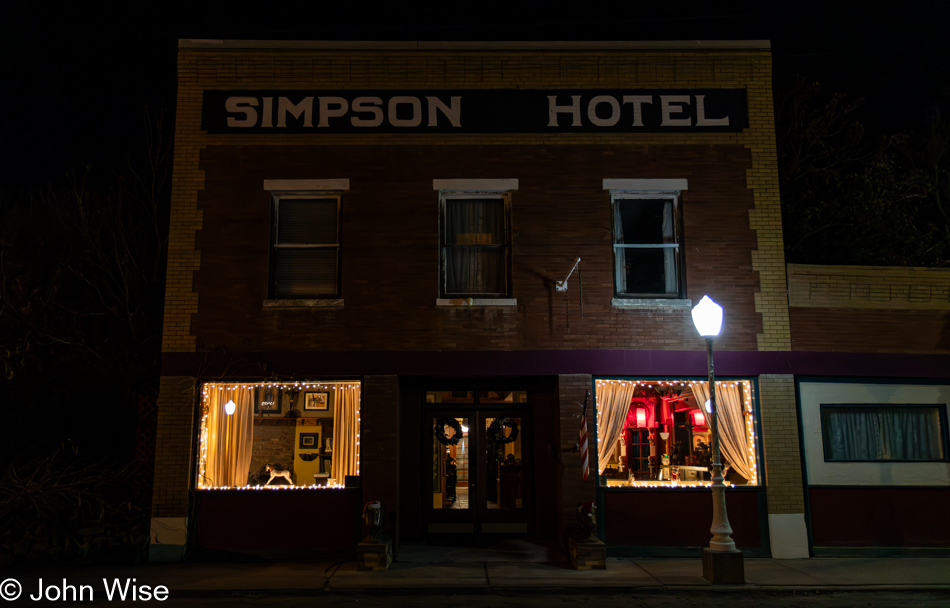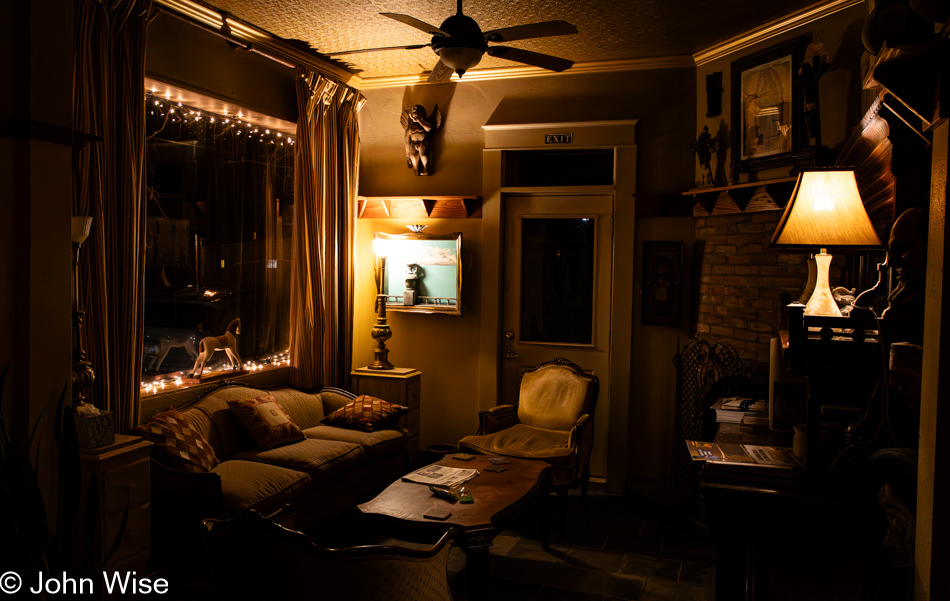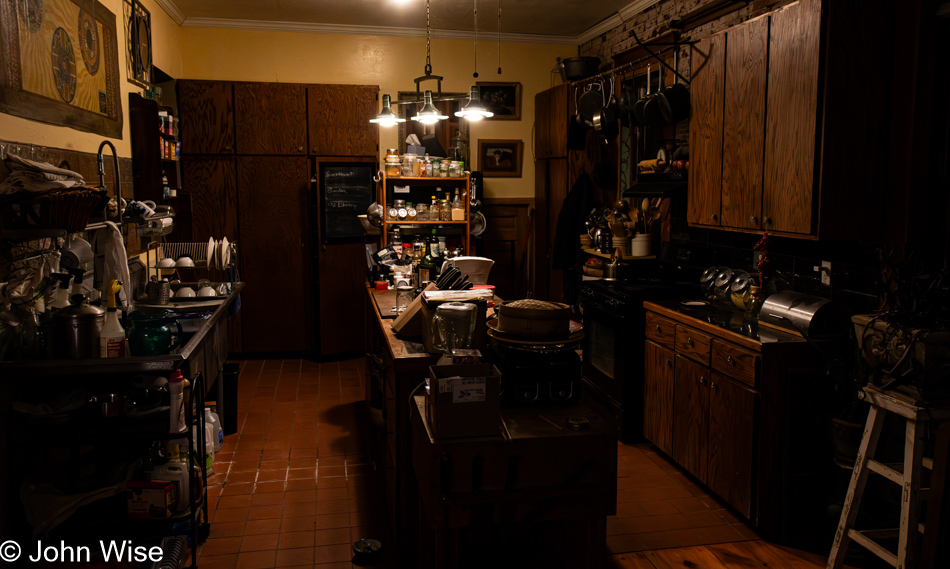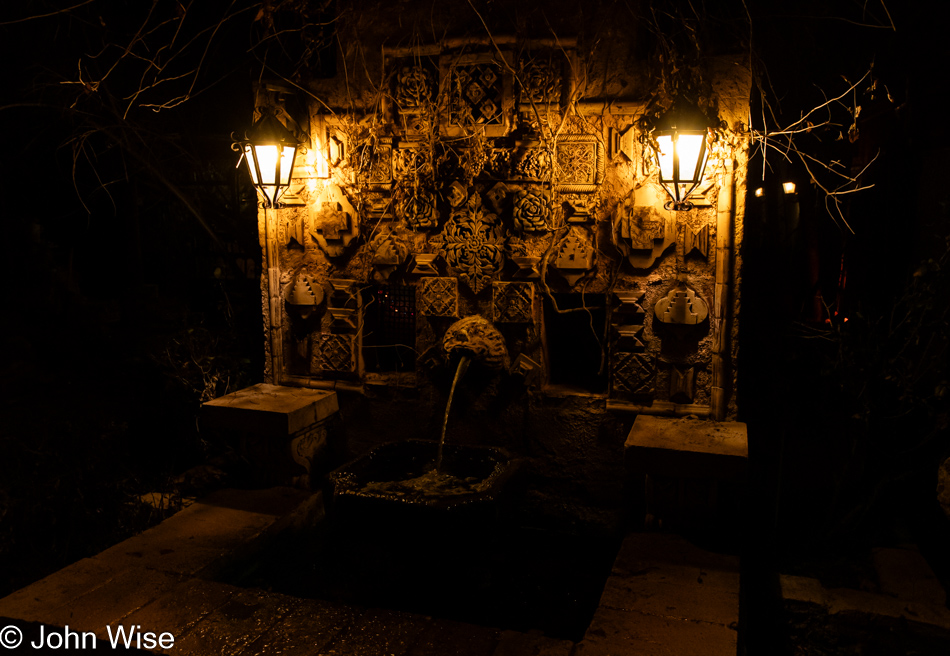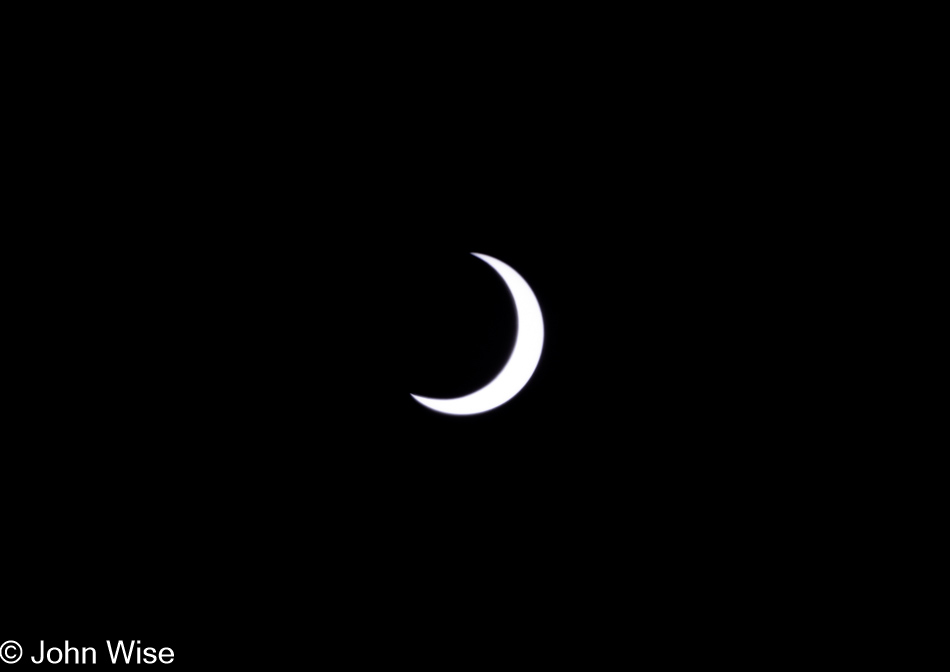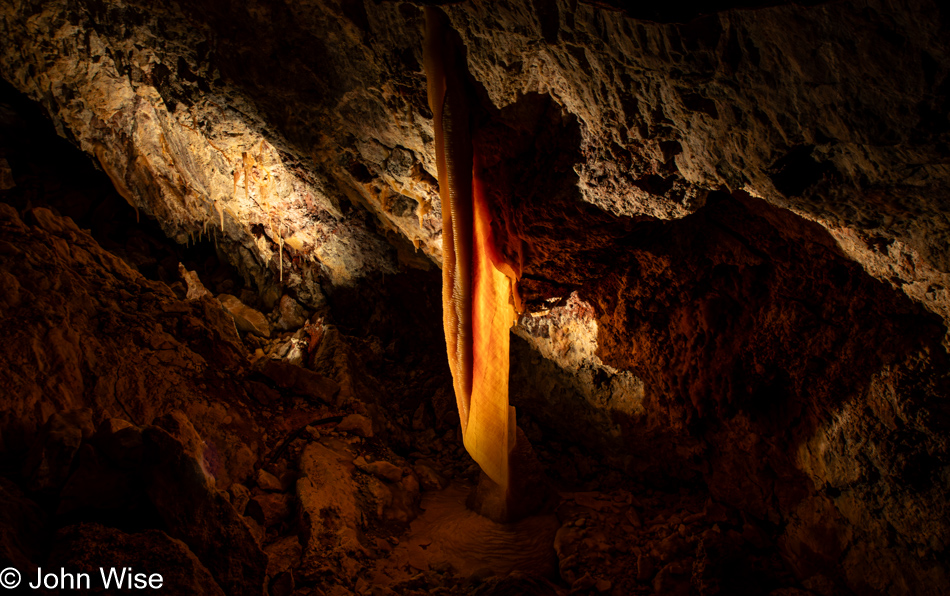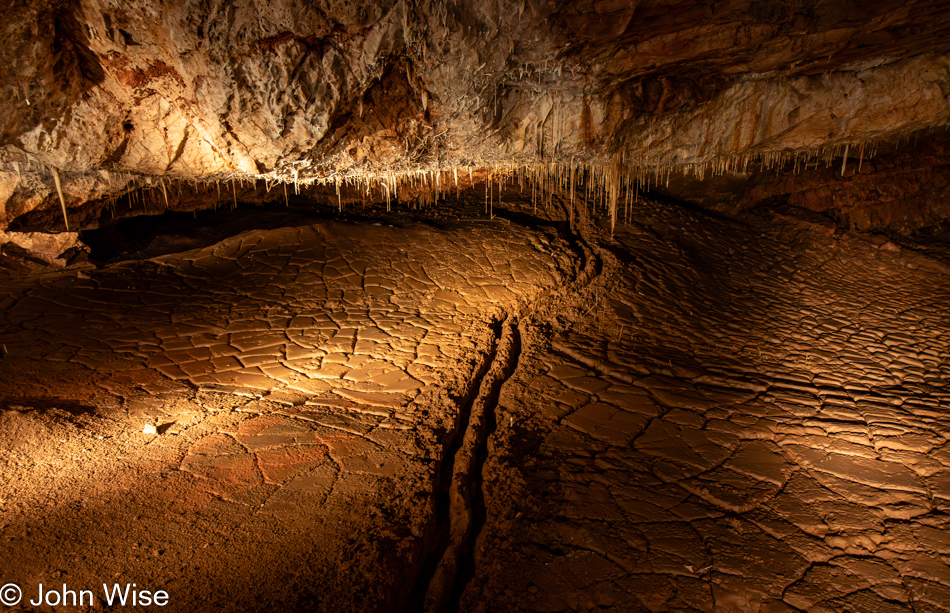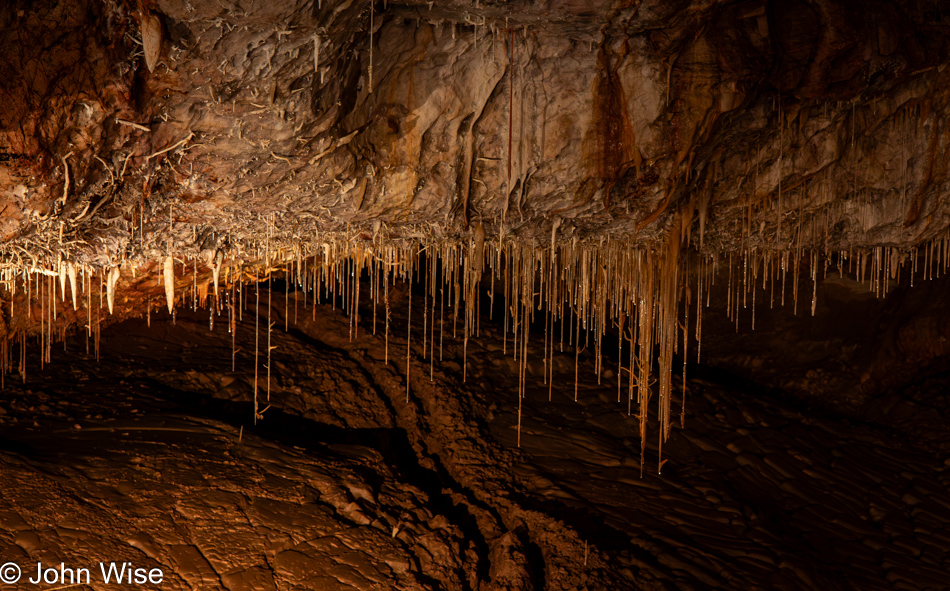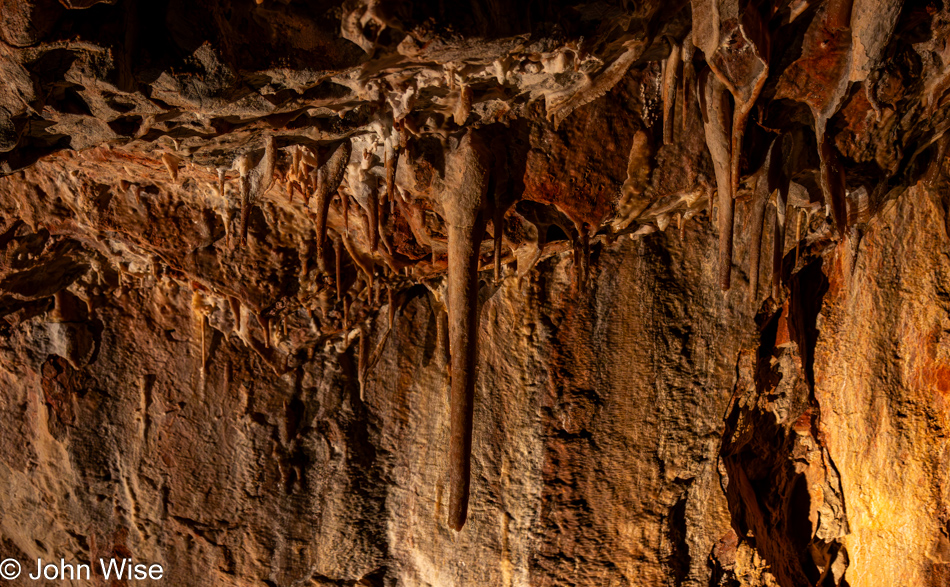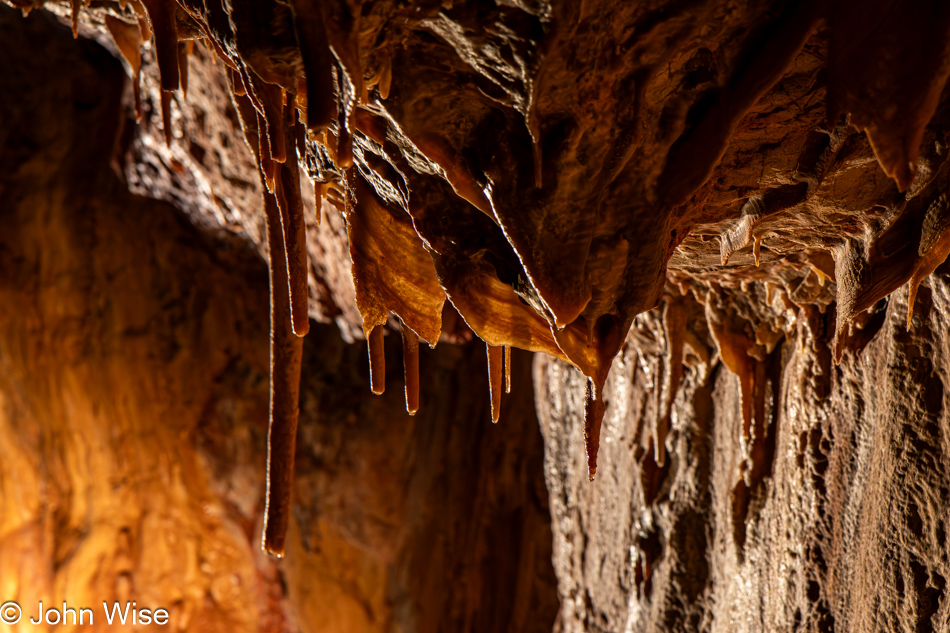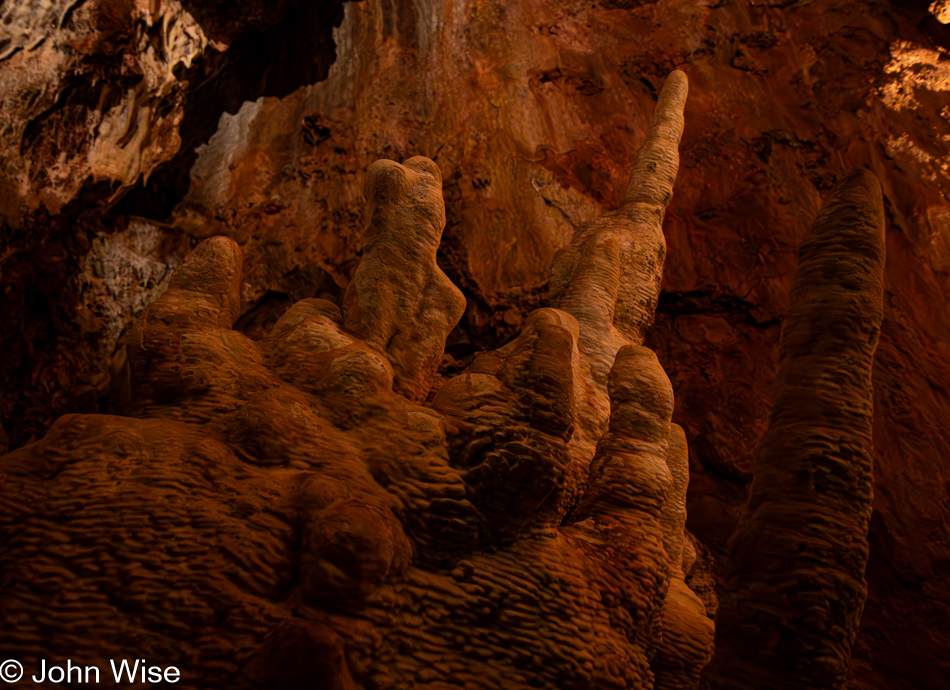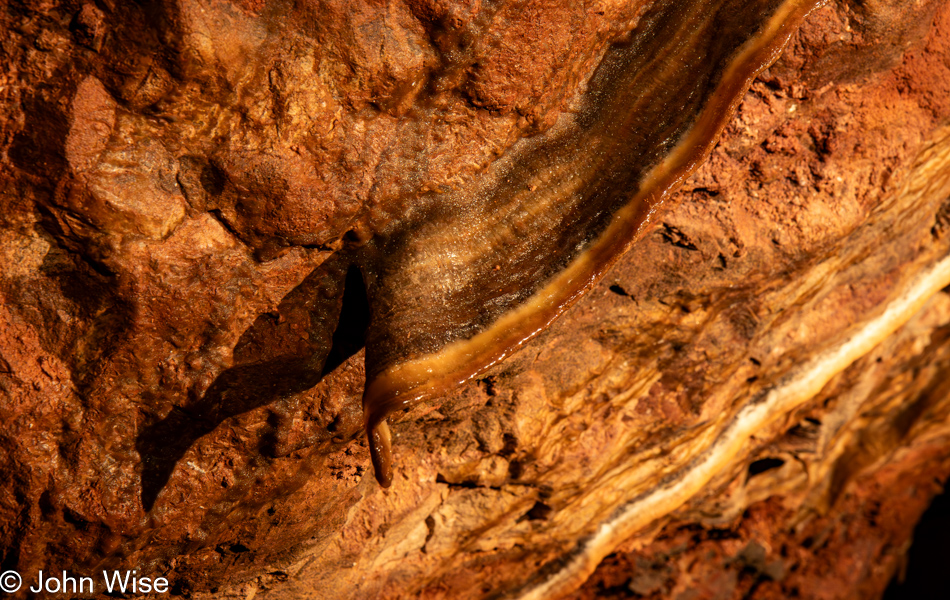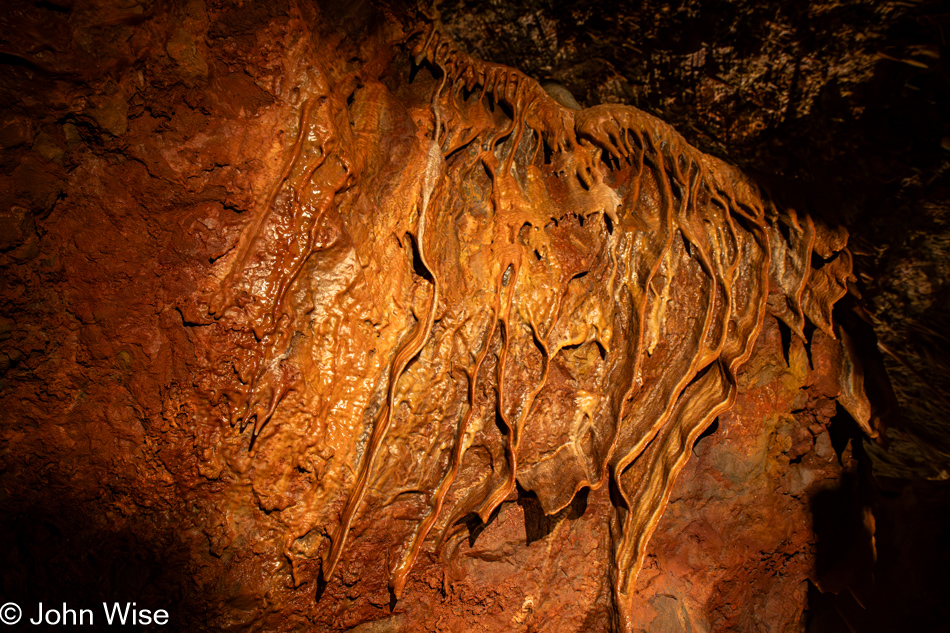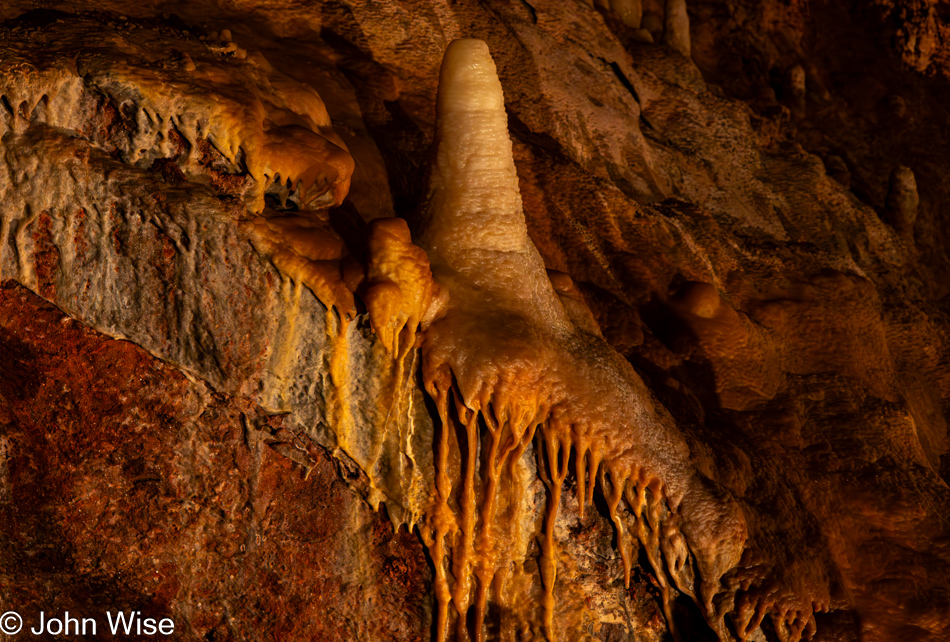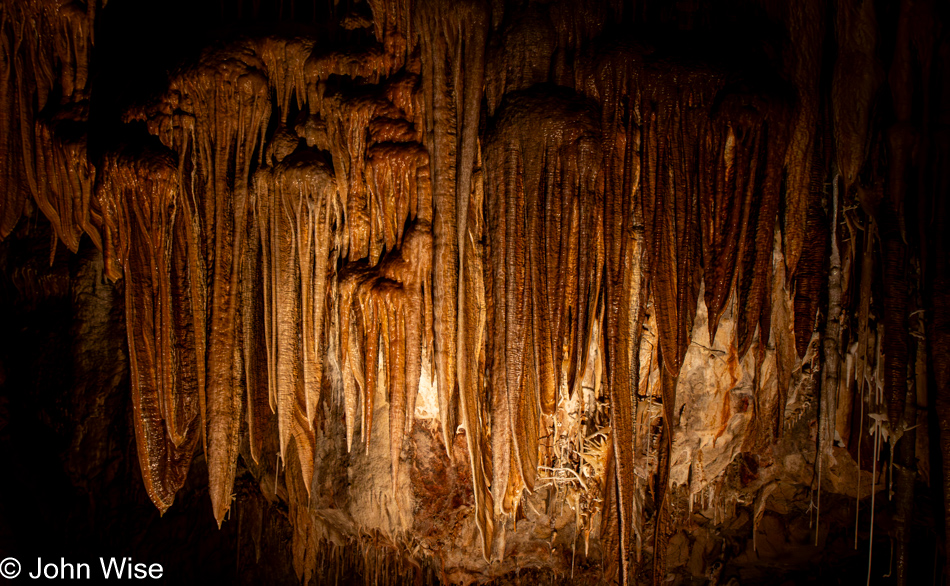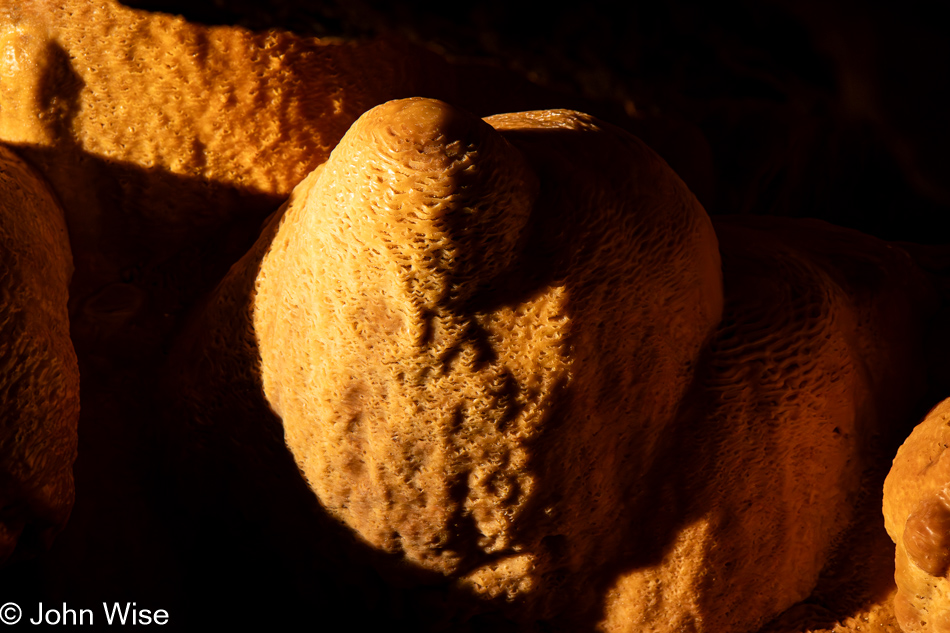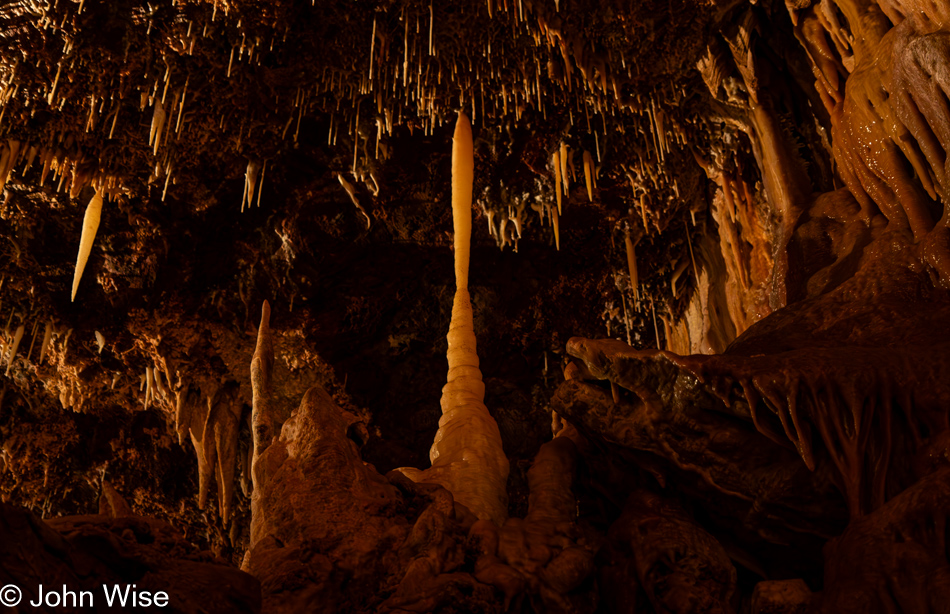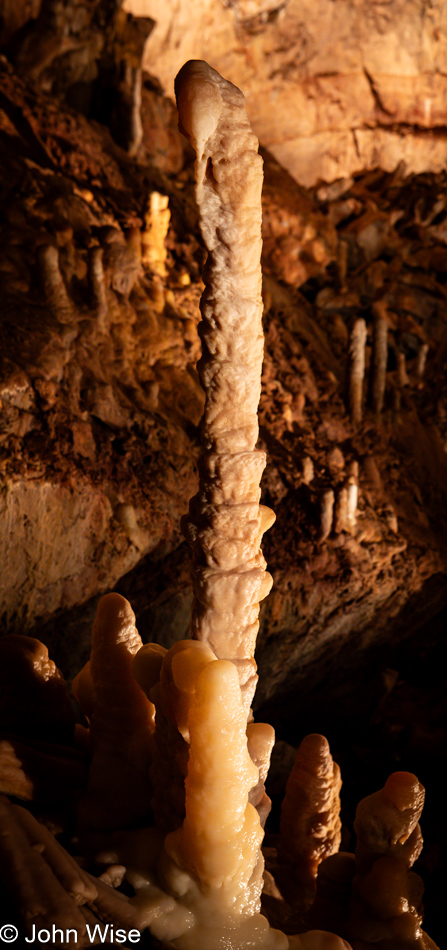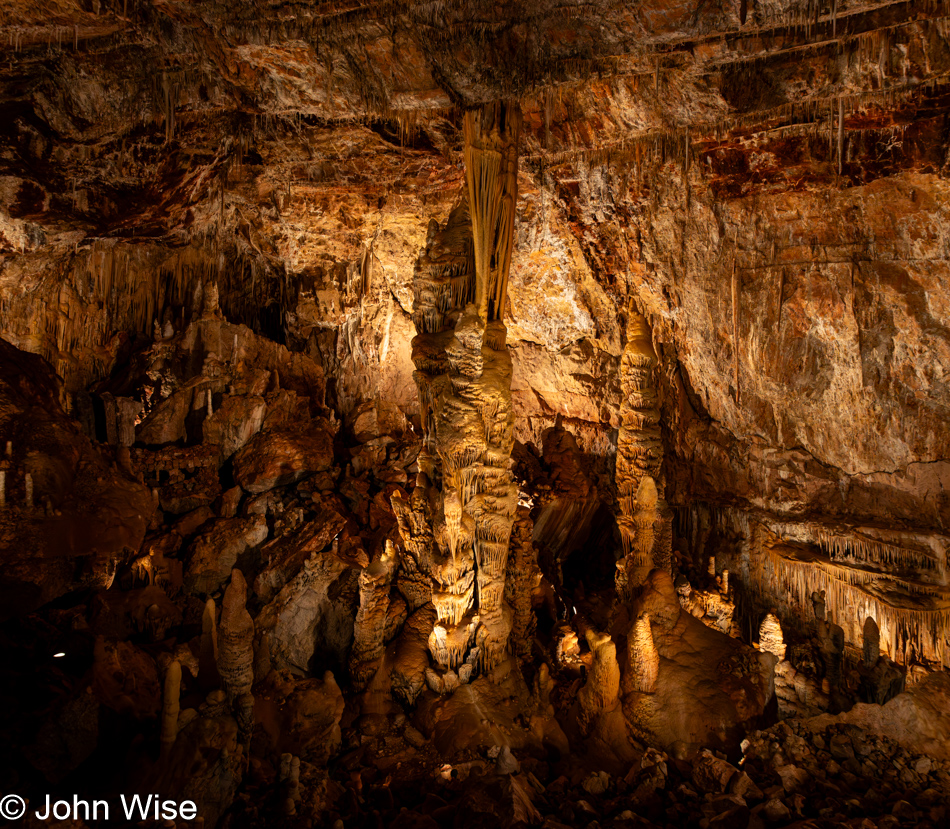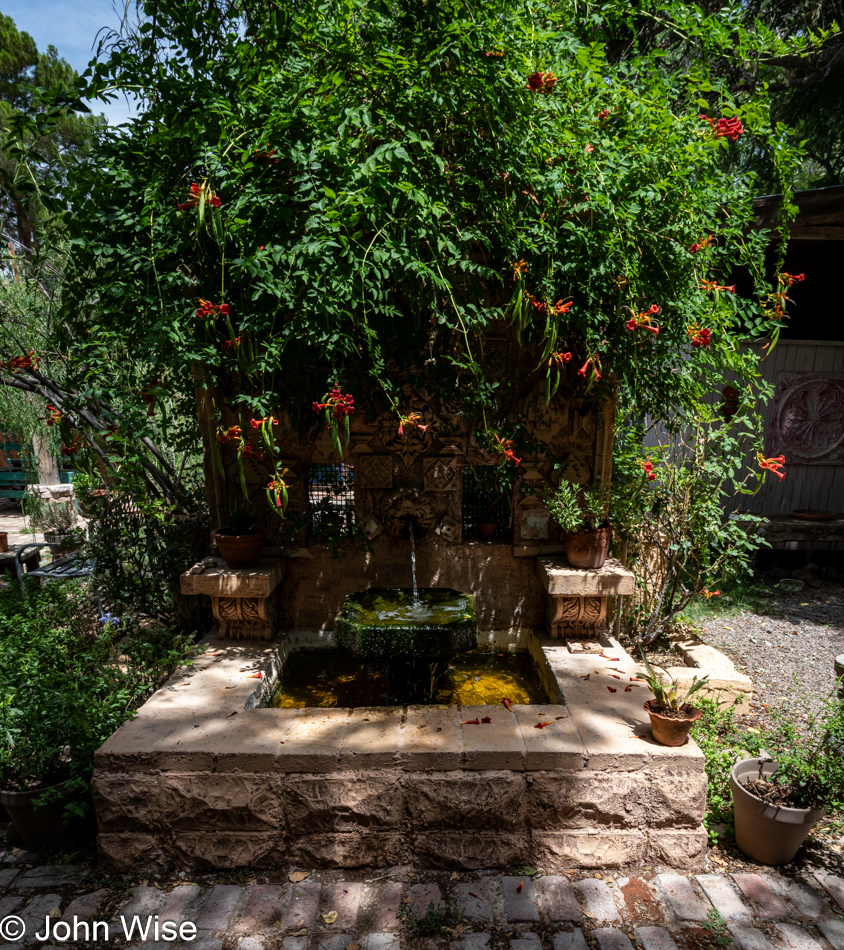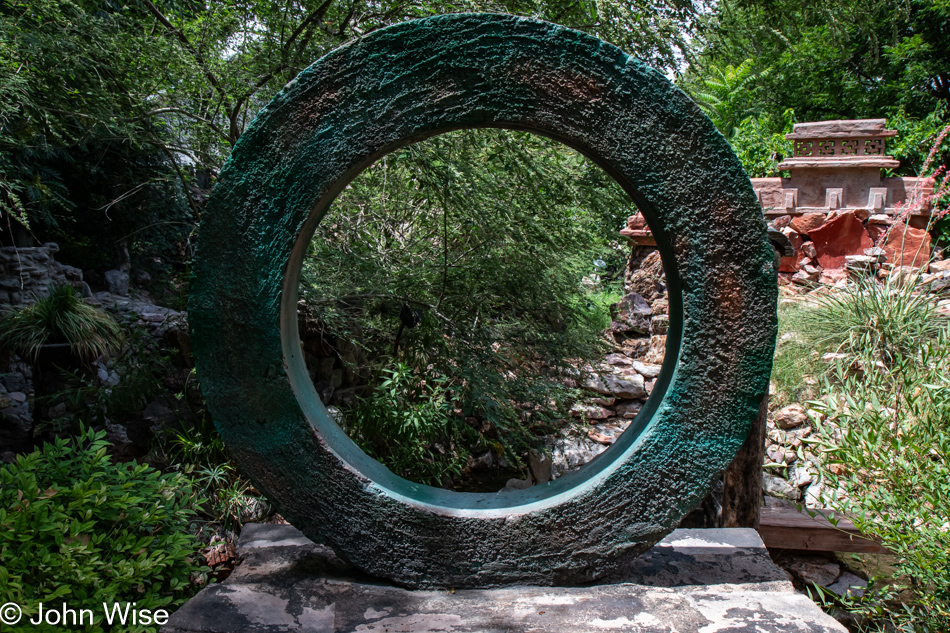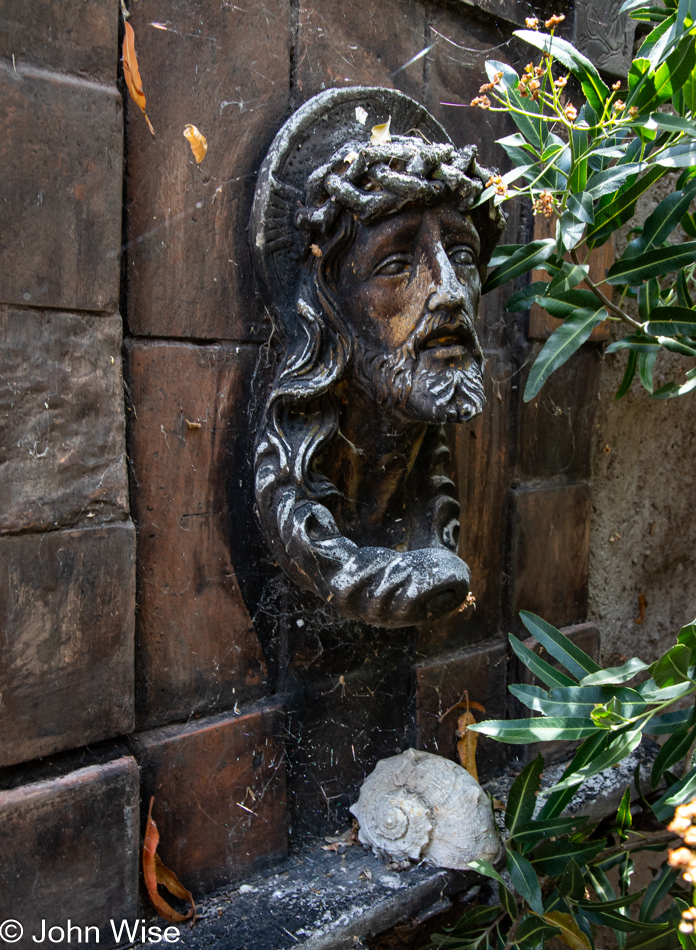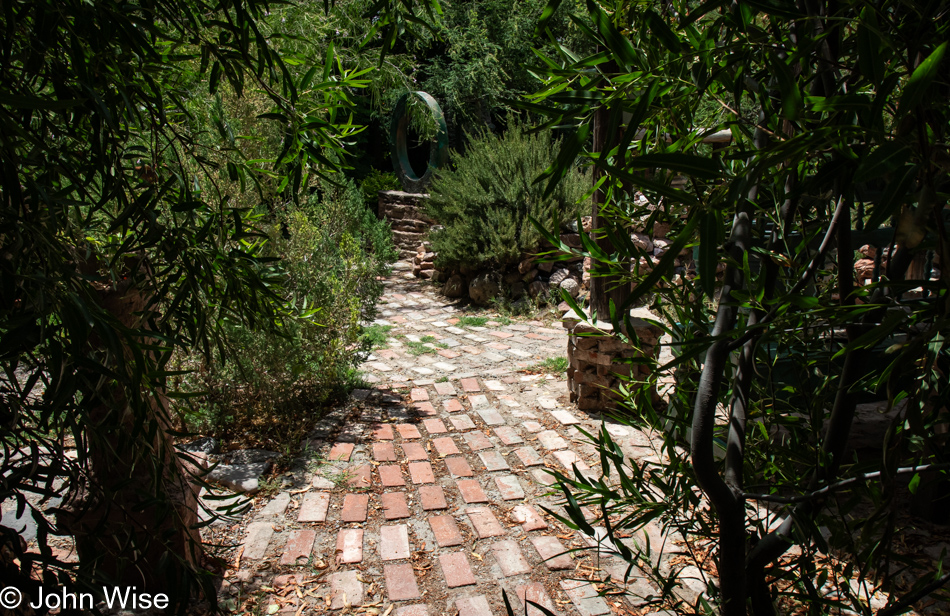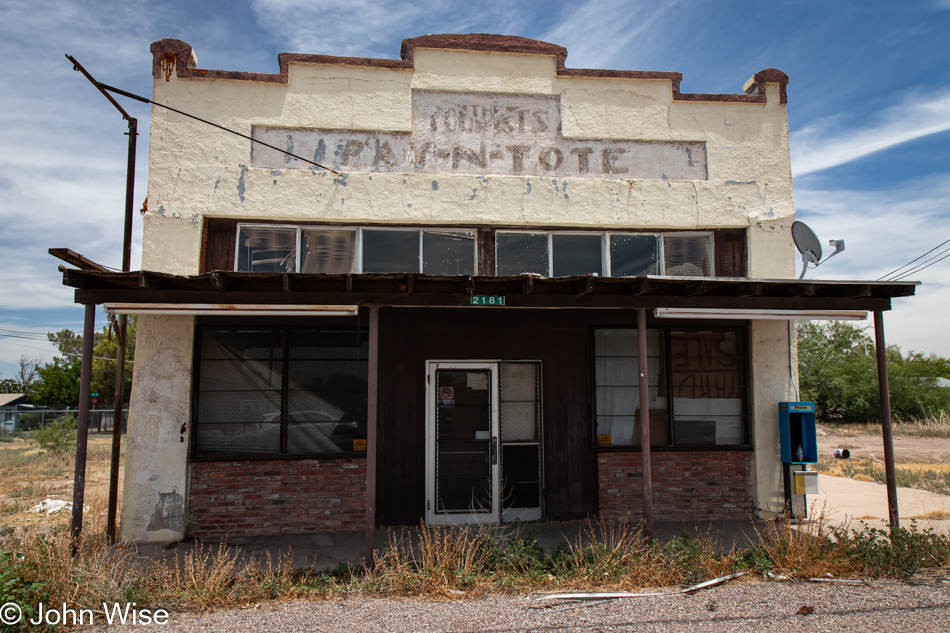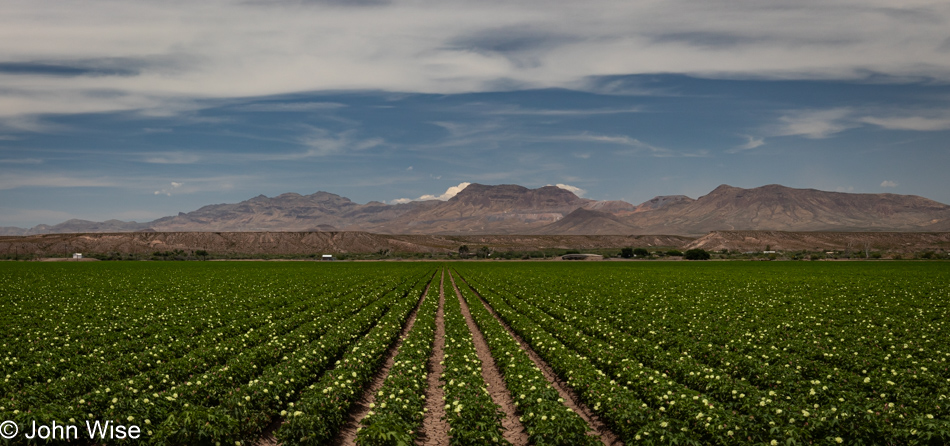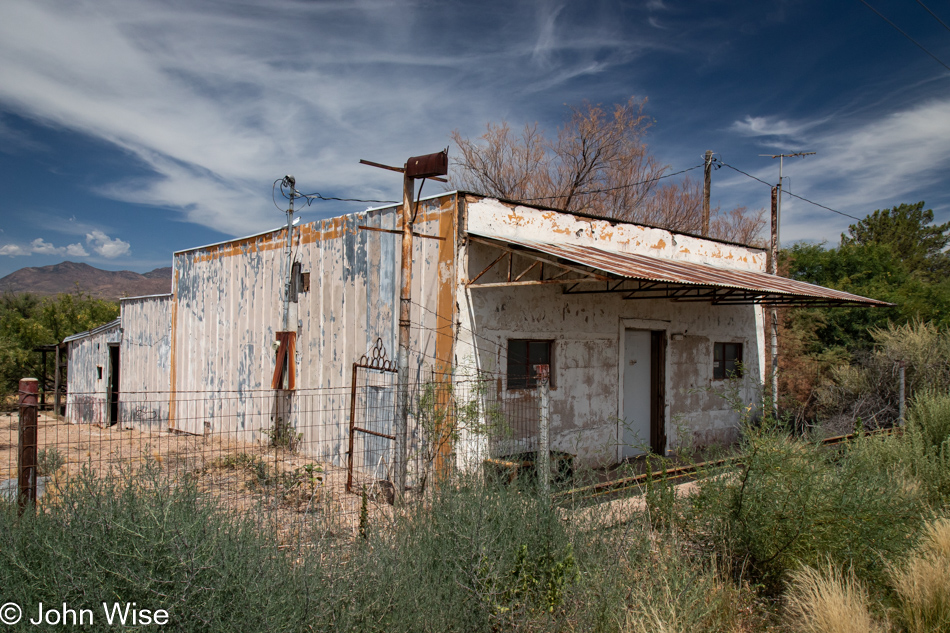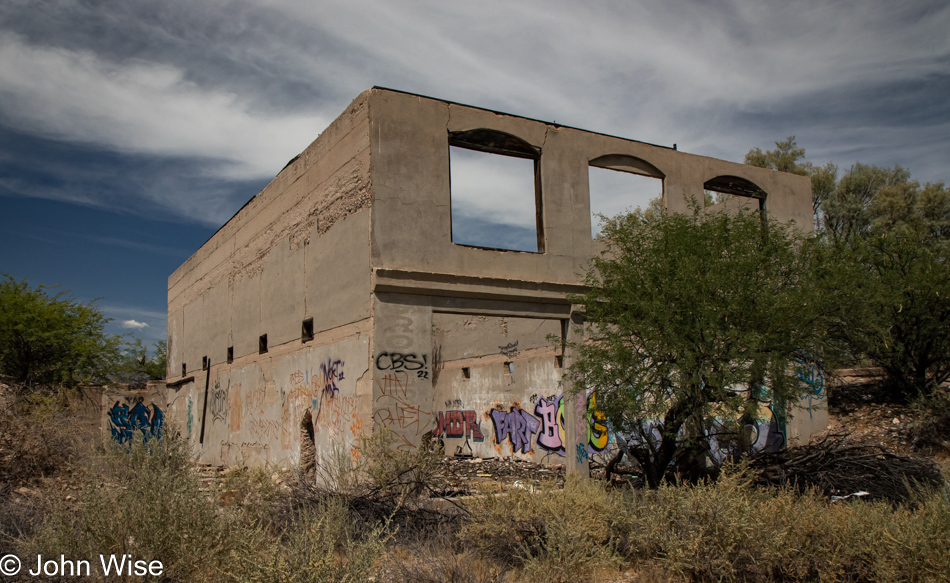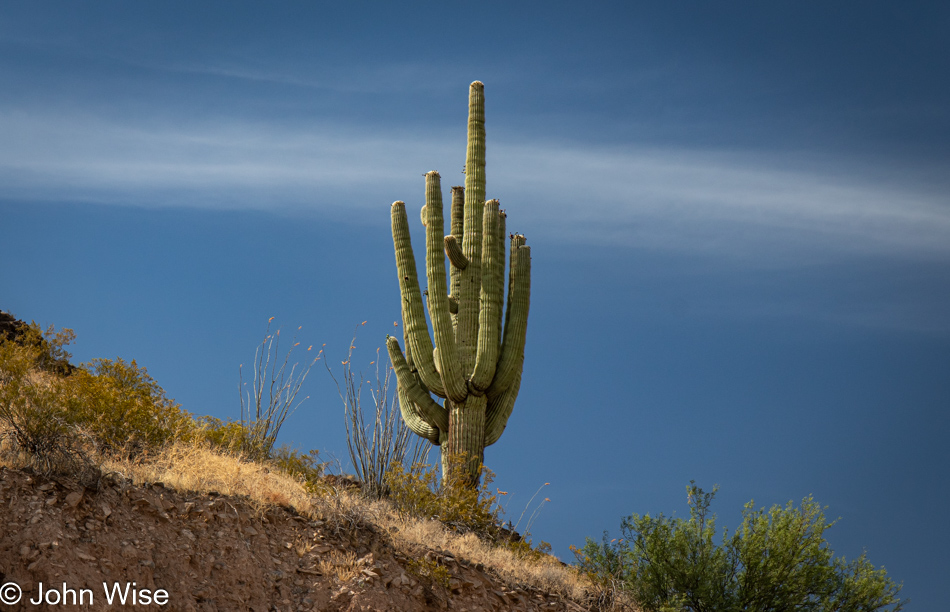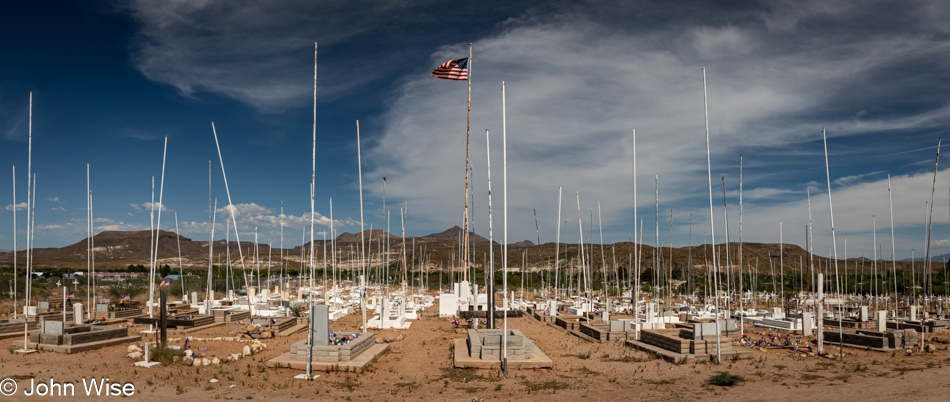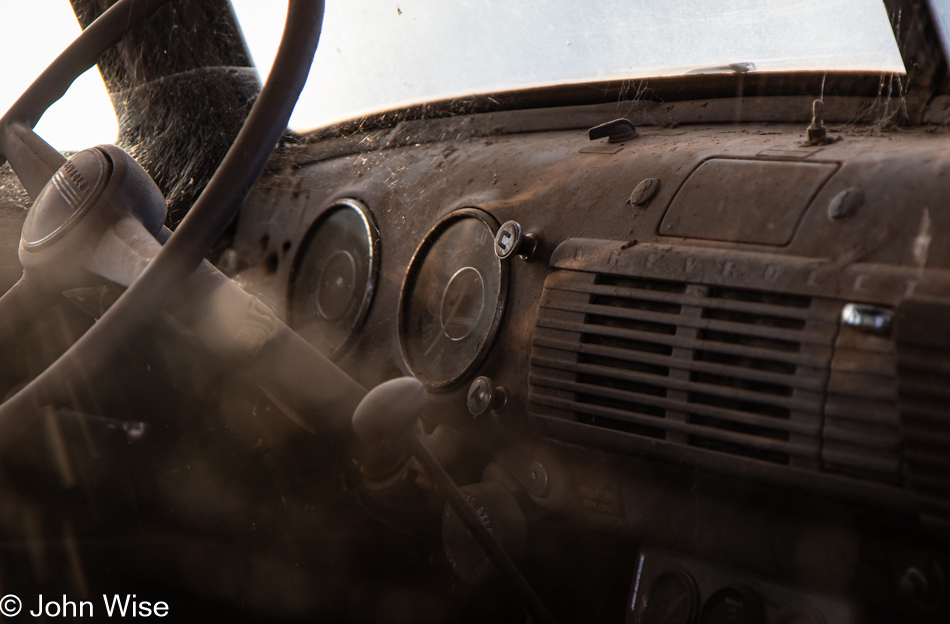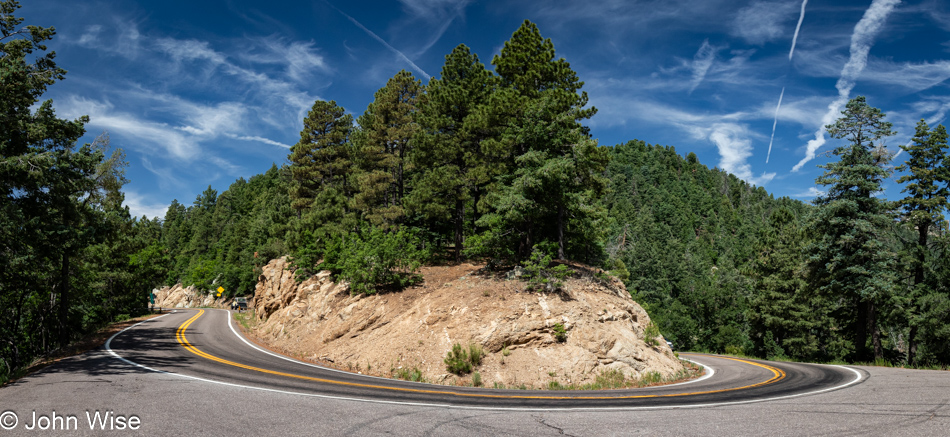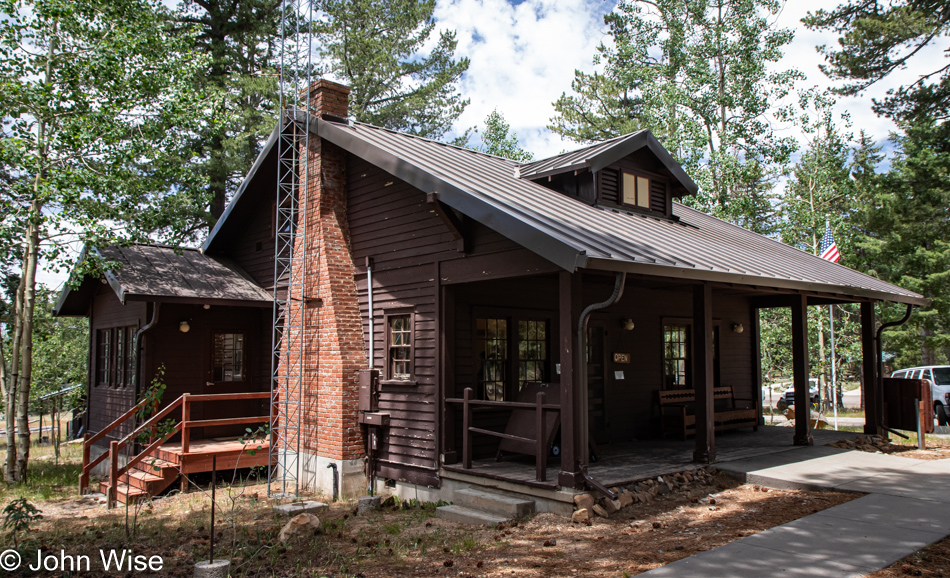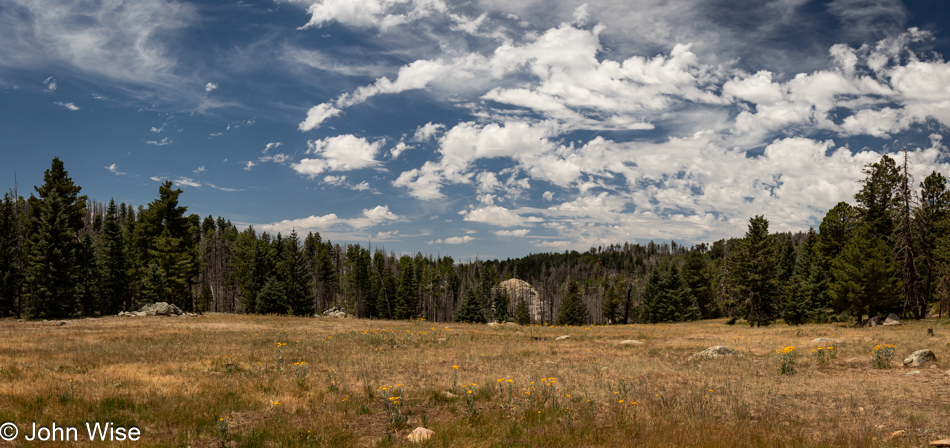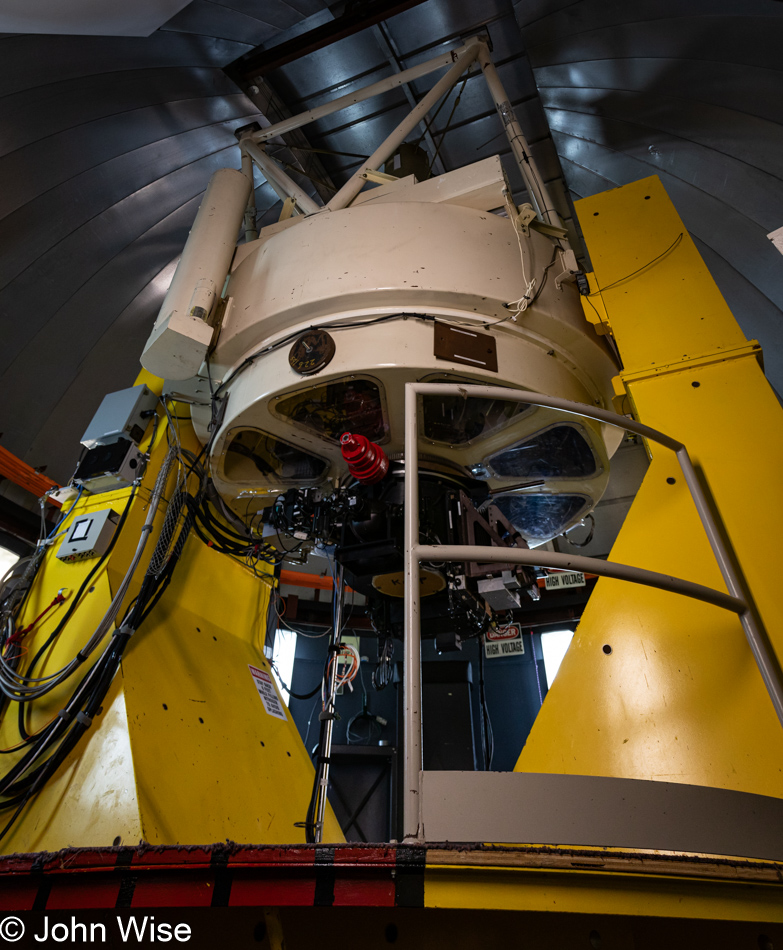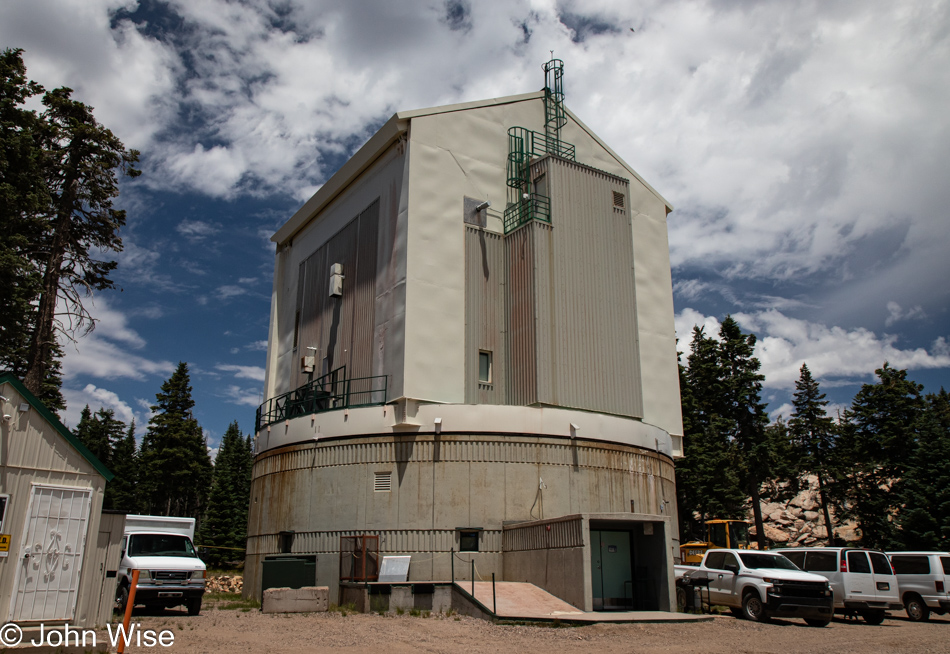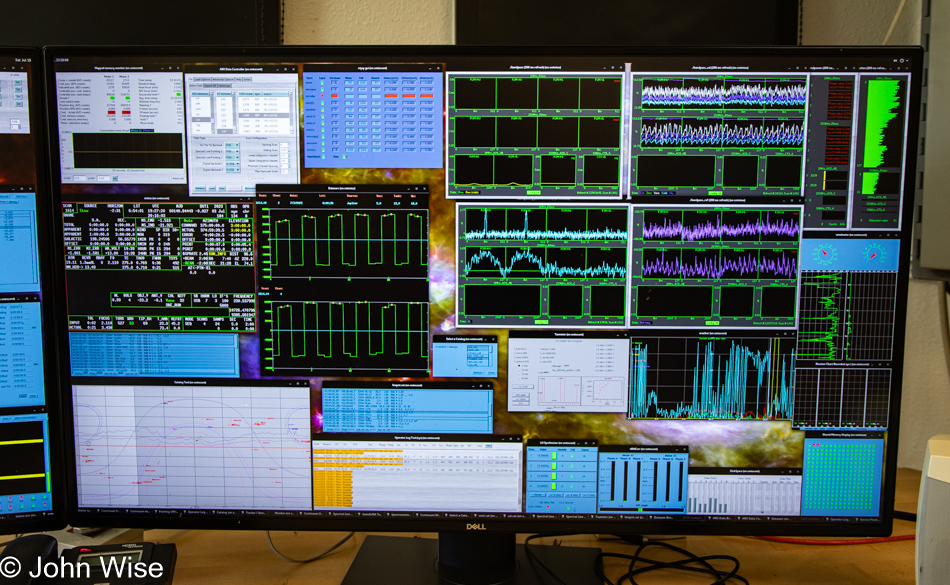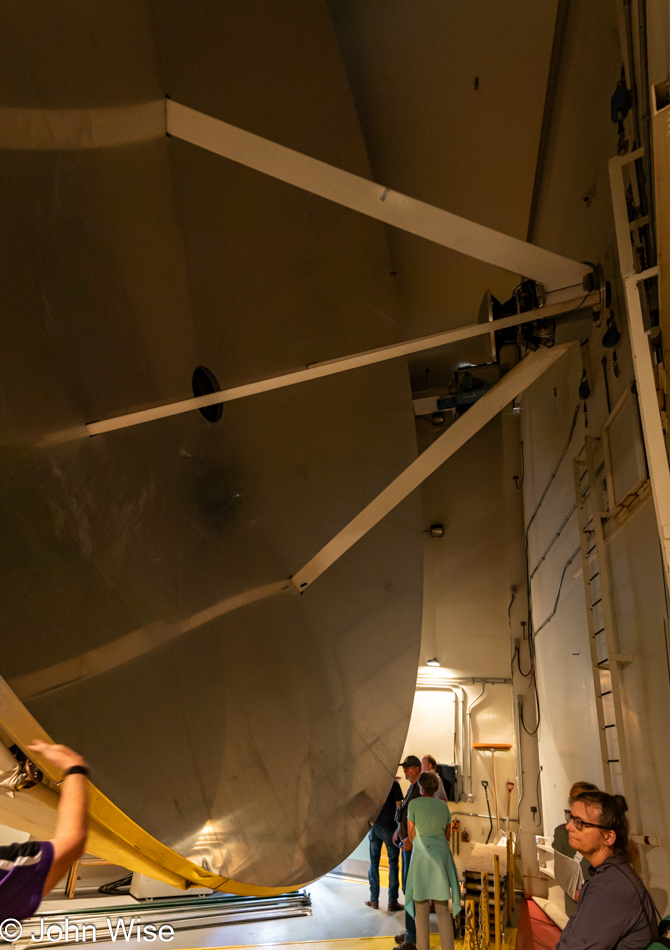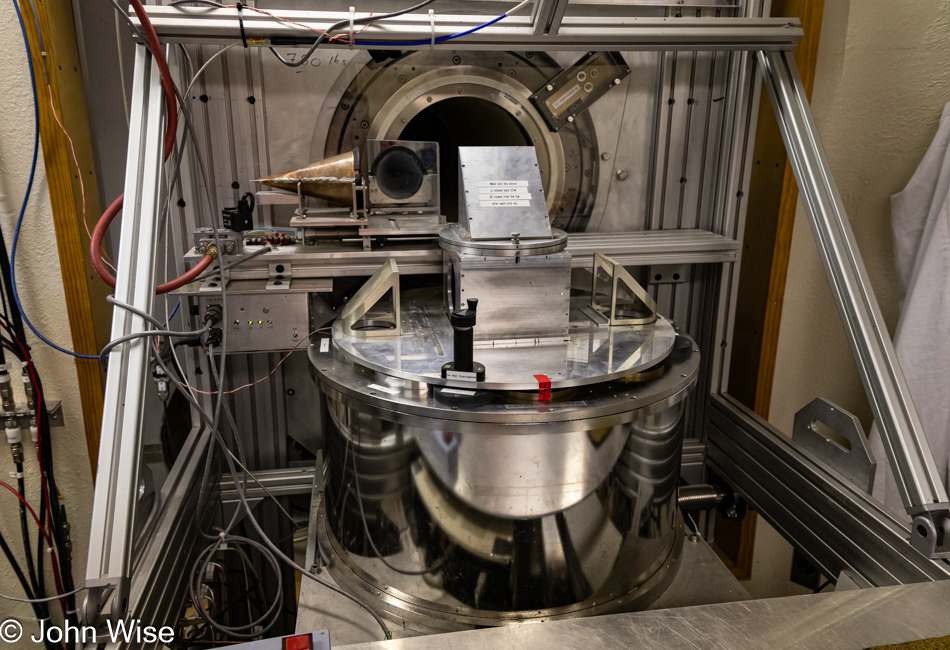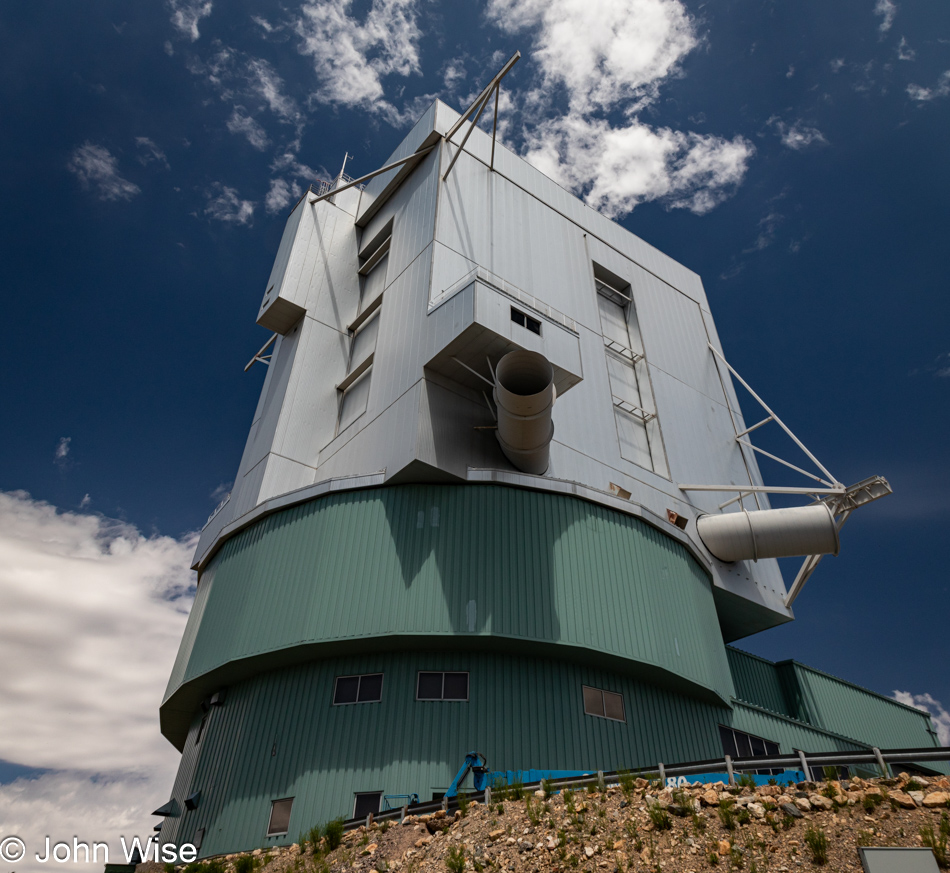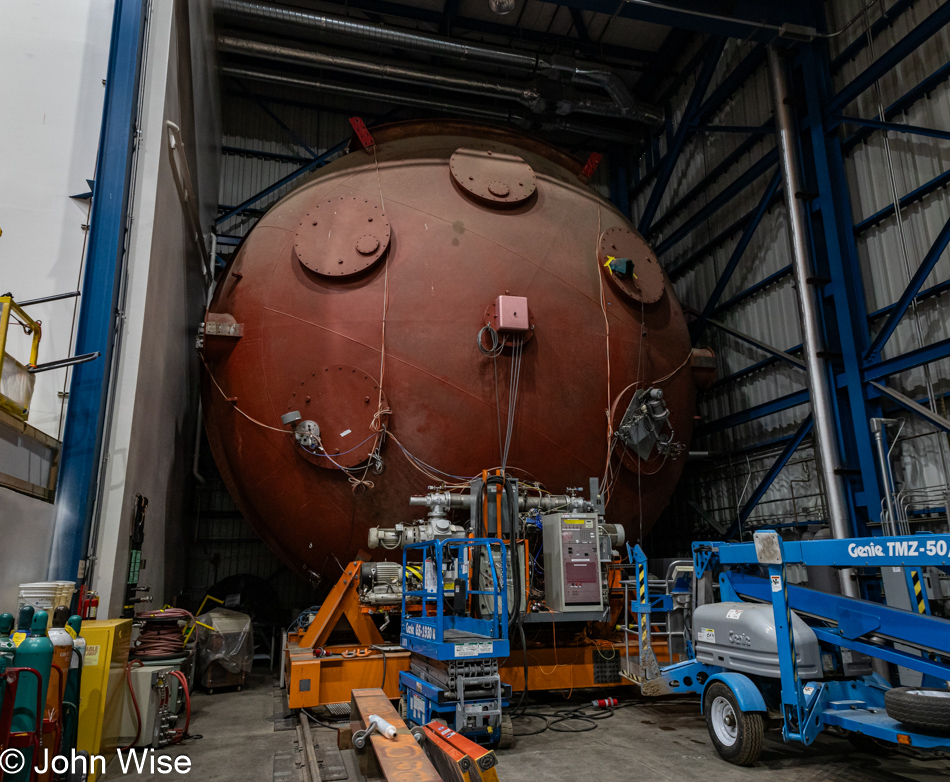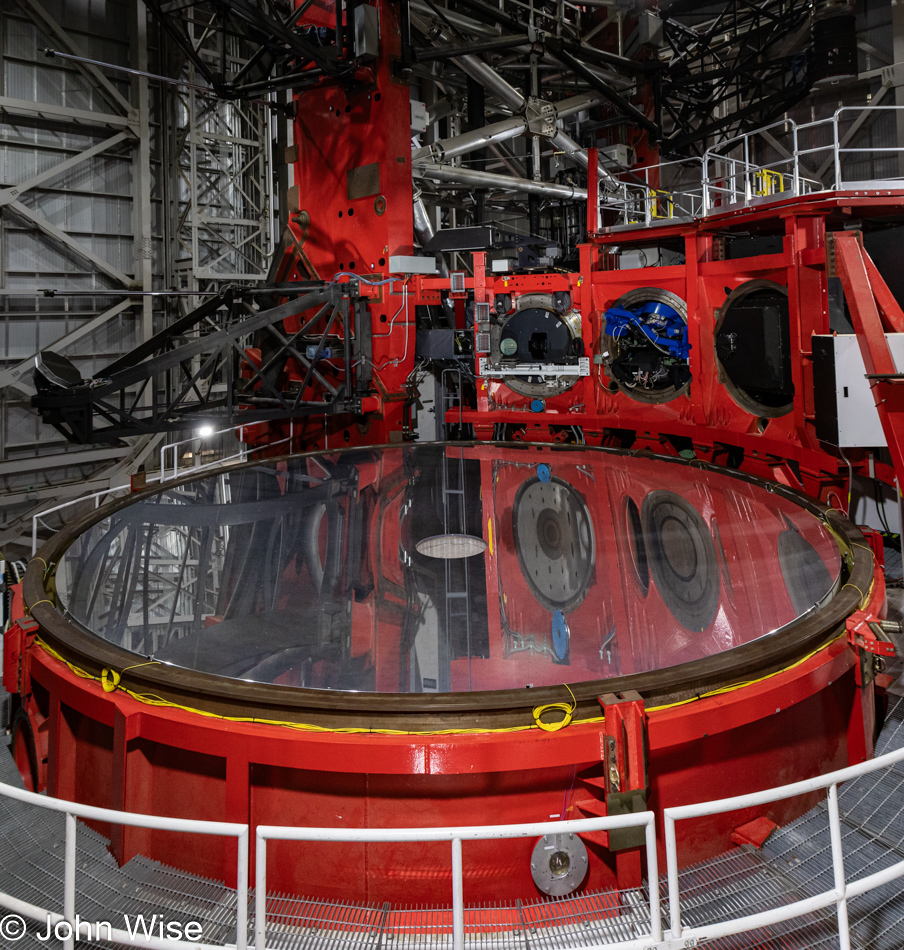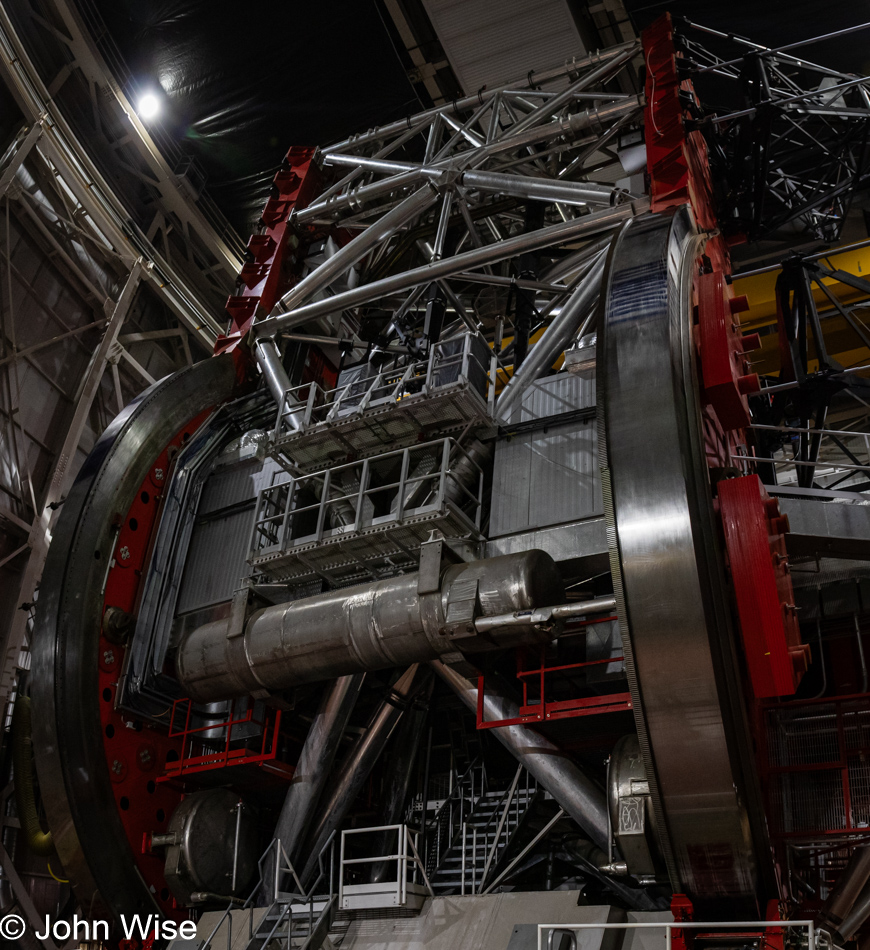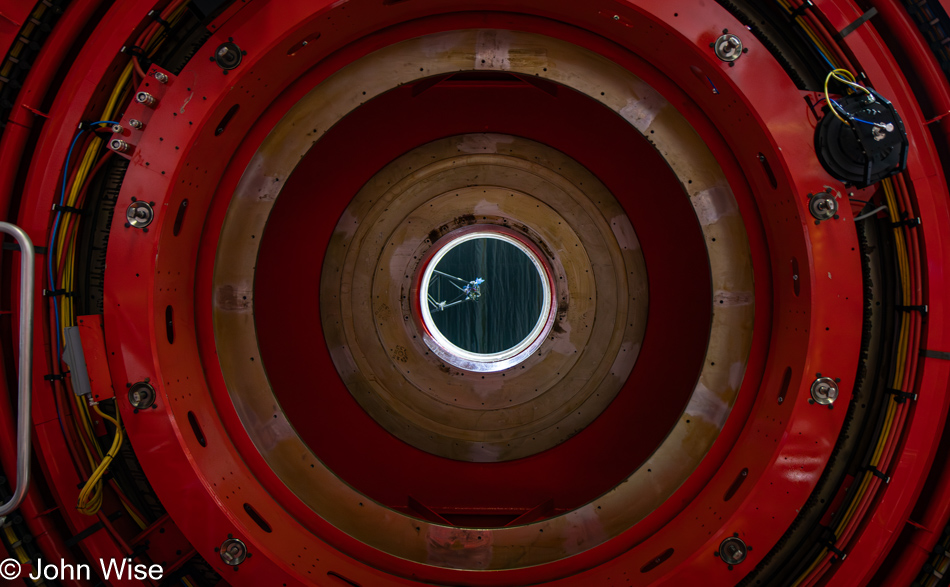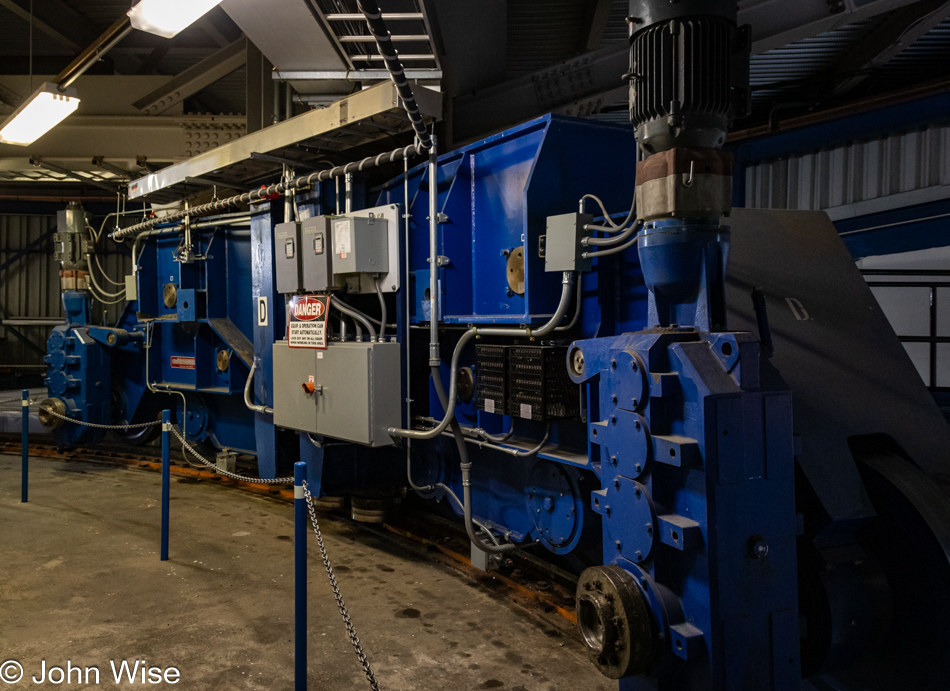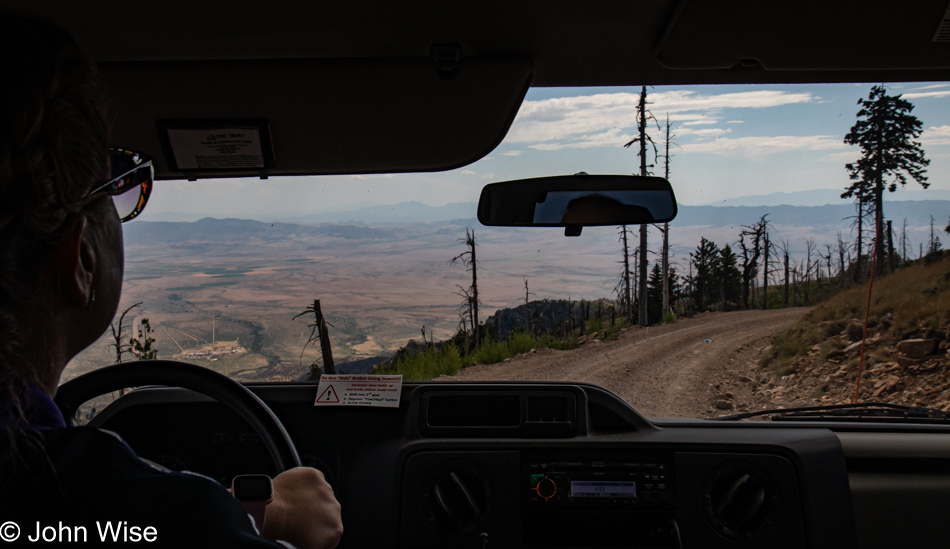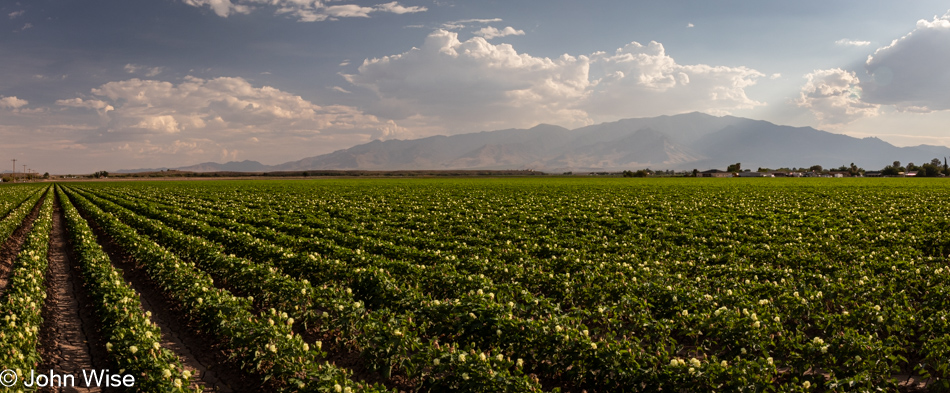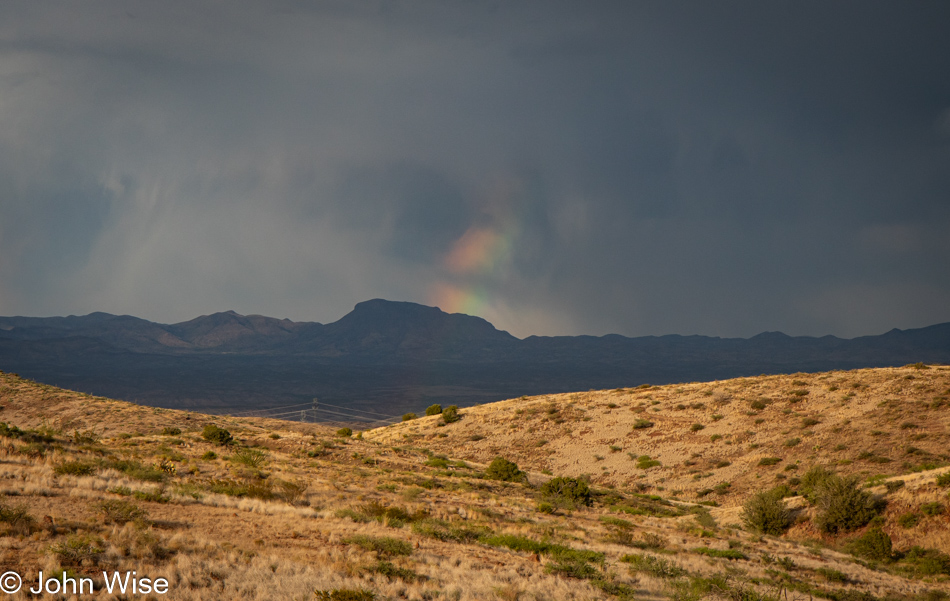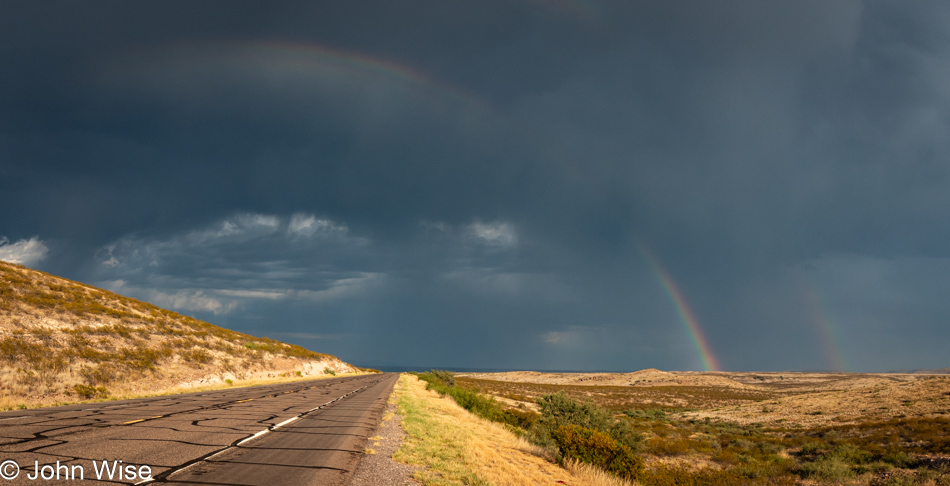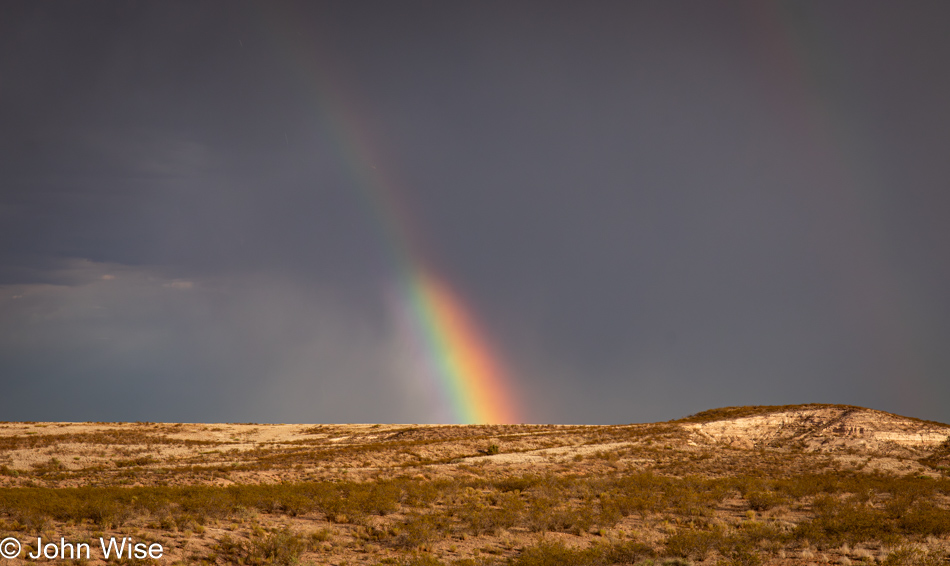
Bags are packed, time is short, and before we know it, we’ll be moving through the airport to take our seats for the long flight home. As I finally get around to writing this post on November 13, 2023, I have ten pages of handwritten notes to transcribe, meaning that for a post with so few photos, there will be a lot to say without me needing to add anything “from the hip.” And there’s a good reason for that: with nearly 11 hours of flight time and my intense desire to stay awake, not watch movies, and use the time to start digesting the previous month, I tried keeping my pen in touch with my notebook for the duration in the air. This was important because after we got home, we had one day to recover before hitting the treadmill, with Caroline returning to work and me starting to document our very lengthy excursion into discovery. So, without further ado, we’ll get right to the notebook, and I’ll hope my first words don’t emanate from a place where they would be better suited to be flushed into the object in the next photo.

We’re on the plane, but my heart and brain are trying to stay in Europe. Instead, I must face my inevitable return to Botox, yoga pants, military haircuts, guns, fanaticism, and monosyllabic vocabularies. Not even an hour up here and half the flight is already asleep.
Two hours in, and lunch is finished. [Notice that this is the two-hour mark, and I’d only written three sentences: sad.]
Our trip to Europe is on one hand over, but on the other, it is awaiting transformation in the days to come as I’ll be working to take it out of our impressions to share on my blog in as best a presentation as I can bring forth. The minor inconvenience of flying nearly a dozen hours each way seems a trifling cost considering that we were able to go so far and gather so much. Except, this foray produced a lot of material that must now be ruminated on. I’ll likely be spending the next month regurgitating our adventure while I’d like to get busy on my next project. [It turned out that I required two months to get to this point where our trip was about to be put behind us.]
While I love many of the blog posts I’ve written, there’s a nagging thought that I’ve said what I can about our travels and need to rise to a new challenge. But while I entertain this horrid idea that I’m feeling stranded on the Island of Nothing to Say, maybe this is a proper indicator that I need to take a break from leaving these messages for random people. I have, after all, absolutely neglected my synth for over a year because between, I felt I had more important things to tend to.
What is there in the meaning of our experiences? Not just the aesthetic, historical, or entertaining aspects of the palette of stuff we consumed but the possible personal legacy, the process so far, and what we’ll offer ourselves aside from the silly recognition that we were somehow occupied doing anything of particular note that should be captured for posterity? I must write about this journey into Scandinavia and visiting friends and family in Germany because I know all too well the ultimate value of these spilled words can only be known at a time that’s not yet arrived.

Now, four hours into this leg of our adventure, the vast majority of passengers are asleep at the time they would otherwise be eating dinner, having a drink, and enjoying the company of others. It is Saturday night, after all, and these travelers are likely well adjusted to the time zone we have left, but instead of occupying themselves, they’ve shown who they are and bailed on being present. Those not lost in slumber by and large watch videos, but in any case, the majority of people have decided to kill time. I instead subscribe to the school of Why kill time when you can kill yourself? [Thank Cabaret Voltaire for this last reference, which can happen while listening to music as I write.]
This has me asking the question, what do these sleepers do while traveling in Europe? Is their sightseeing and investigations akin to a visit to a kind of Ikea? Realizing I am presumptuous, I should ask myself if I experience anything in any different manner. I might try to answer this, but my first thought is that I’m a pompous ass for expecting more from others who might in some way benefit my desires and enable me to indulge my hostility to malign those who I find to be inane. I should consider showing gratitude for the hundreds onboard right now who feed me the fodder I dull my writing axe with, as certainly there are more important subjects to write of than this constant refrain of indignation. Then again, when I’m attending a musical performance, I’m among others appreciating what’s being created and are attentive to the experience, but right now, I feel like I’m in a can of dolts.
I make this denigrating assumption based on the demographic information the airlines must have about their passengers because the flight attendants have asked everyone to close their window shades to mimic an early nightfall. This gets people to go to sleep or watch their little screens to get sucked in by the dumbest fare that could only appeal to the lowest common denominator of sub-intelligent people that somehow are also able to afford international travel. Otherwise, why would they create this atmosphere?
It’s intensely bright outside with a uniform white blanket of clouds layered over the ocean below and a solid blue sky above here at 38,000 feet of elevation. Within this jet, from my observations here in the economy section, there are no conversations reliving experiences; not a single other person is journaling. Maybe in business class, people are writing, working, sorting travel photos, or reading books, but sitting in row 27 here amongst my fellow peasants, there’s only this woman next to me knitting and then a large void. This method of ignoring one’s self by turning to sleep outside of normal sleeping routines or lazily tuning in to watch whatever shite they have streaming to their seat is an admission of their boredom and inability to be with themselves when they are responsible for the content.
It’s easy to have been in Rome, Berlin, or Stockholm and take in the sights; it’s quite the other to try to contextualize experiences beyond the guttural utterance of wow and amazing. At this point in their travels, they’ve collected the trophies, they’ve bought the right souvenirs, and taken selfies that they used to put themselves on display in famous locations that gave them nothing more than bragging rights.
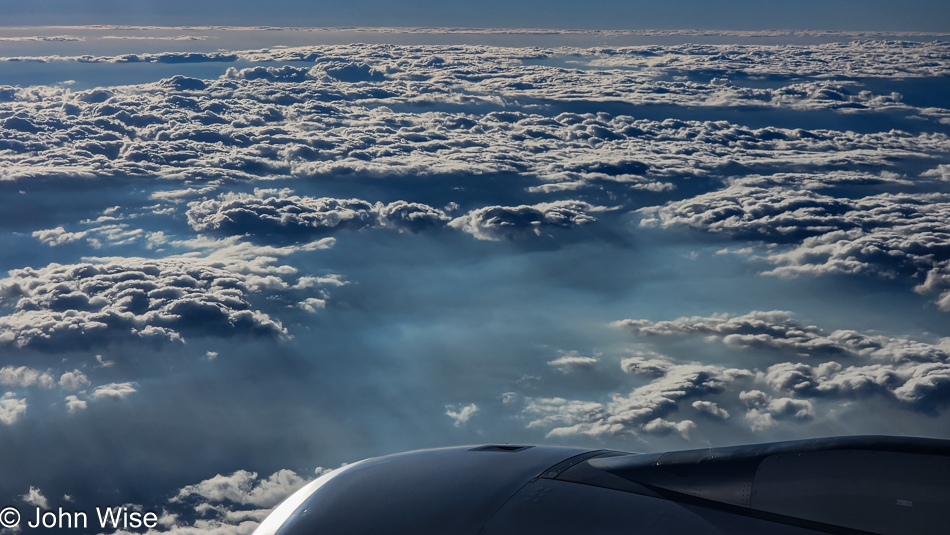
Let’s return to Ystad, Sweden, and the idea of why we went there and what we gained: We went in order to balance the obvious trophy visits to capital cities by investing in experiences that would bring us intimately into the surrounding environment allowing for a chance encounter with a local or a stop along the path to pick an apple, pet a horse, check out an old home, or negotiate a small shop for a random bite of mystery food. Once at a place such as Ales Stenar, we get to consider the logistics of how these rather large stones got here, what the shape of the layout meant to the people who grouped them here thousands of years ago, and did they require shaping the stones so there’d be a uniformity? Now, I have a choice to either read and believe the speculation of others to come up with answers or I could attempt my own translation of potential meaning, although that is rendered difficult in an age where everything can be explained. The disappearance of mystery is quickly erasing our ability to imagine.
We were at the edge of the sea without definitive signs or carvings on the stones to decipher what the structure could mean and so we were left with the opportunity to consider what they meant to us. Did we have any reference points in our knowledge that could offer hints regarding meaning? Once finished touching each stone, walking clockwise and counter-clockwise around the monument, and finally strolling along the edge of the cliff, we continued our ride into a place where we couldn’t express what it was we were searching for within ourselves. In Loderup, Sweden, we visited the Valleberga Church, looking at the names of those buried in its cemetery, stepping inside to smell the old church, live a moment in its history, and maybe find a runestone that was hinted as being nearby.
Further along, we considered the mill that once operated in a building next to a stream where the millworks appeared missing, with only the diverted water still running under the house. We must capture all of the impressions we can as there’s some likelihood that the people of these southern Sweden communities know little of these places around them because they are boring and consequently cannot share much about them. Most people, or at least many, would prefer to visit Stonehenge, Notre Dame, or the Vatican as these are the perceived feathers in the cap of experience. This situation is the same in Arizona, where, at times, it feels as though few have visited the Grand Canyon, though it is so near.
We were in the weeds, off the beaten path, feeling the sea air and sting of the bright sun. While we would still have famous historic sights ahead of us in the days to come, we were enchanted to be among the farms, watching cows being moved from pasture to barn and observing our solitary track alone in a corner of the countryside that only we would discover today.
Not beyond reproach, we too could fail to discover moments away from the bustle of capital city centers where quick consumption of cultural history is given easy access (often outside of context), but we make the extra effort to capture the little things. Treasure, art, and architectural wonders make for great photo souvenirs, allowing us to believe everything’s been seen, but there’s an untold story and unseen surroundings that glue things together. Do these experiences open a channel of curiosity that drives us into further study, or are we content with low-effort trophies?
Before and after visiting a city such as Prague, do we understand anything more about Bohemia, the role the Habsburgs played there, or the 30 Years War? Have we cracked open a book from Franz Kafka or known of the influence of Charles University, where Einstein taught and Tesla studied? How about learning that Rainer Maria Rilke was born and studied here? Of course, many don’t and won’t care because sports, MCU, cars, guns, and game trivia play exceedingly large roles in lives uninterested in feeding imaginations to dream and create for themselves.
I get it; just because one wants to go sightseeing in Egypt doesn’t imply they must become experts on the lives of pharaohs or the construction of pyramids. Maybe the person is satisfying a childhood dream they cultivated when wanting to live vicariously through the hero’s journey, and this pilgrimage becomes a moment of realization for reasons that might be lost to time. But isn’t this, then, an admission that our dreams haven’t matured and evolved with us as we move further into life? The very nature of our humanity encourages us to build upon our knowledge before and after experiencing stories and the novelty of being exposed to cultures that came before us and to which we could be making contributions. Instead, we eschew our continuing education, and, acting like adult children; we go through the motions, collect the selfie, and move on ultimately without direction or real purpose.
Why all this heavy axe grinding, John? I profoundly dislike our empty instant-gratification-consumption culture and desire more dialog, more music, more poetry, and more study of our world by the common person because it is the common person who also denies science, falls for conspiracies, and believes in magic thinking. I do not care a lick about their economic contribution when their intellectual failings threaten our security, lives, progress, and culture itself.
I’ve looked to philosophy, theology, history, psychology, and sociology in an attempt to understand at least a modicum of what inspires us humans. I visit more churches on average than the most devout as I seek an understanding of why we accept a mediocrity among us that seems to want to turn away from the arrow of enlightenment. By not demanding more of each other, we consent to our base archetypes propagating a generalized stupidity unseen by those who believe that their version of normal is the standard bearer. I, on the other hand believe I’m closer to a troglodyte than here I wish to be. I do not read Latin, I’m stupid when it comes to chemistry, I’ve not played with trigonometry in nearly 40 years, I paint like a four-year-old, and my sieve-like memory has seemingly forgotten 93% of everything I’ve ever taken in. In essence, I feel that I don’t know shit, and so I struggle to discover where the gaps exist while others delude themselves into believing they know all they will ever need to know.
But I do have a strong opinion that we should offer the skills of discovery to our children because adults, by and large, are a lost cause with ugly habits that exacerbate their propensity to dive into the deep end of their ignorance. Rote memorization and recital of trivia, movie lines, and obedience only act to dumb us down and harm our desire to know the world. All that remains are shadows of dreams that seem to be unfulfilled by mindless consumption, the parading of belligerence, and desultory travels. And all the while, unhappiness remains part and parcel of an unsatisfying existence that struggles to find meaning. I’m convinced that greater meaning was better understood when the heavy arm of the lord pulled the masses in and demanded their obedience to the Kingdom of God and Heaven.
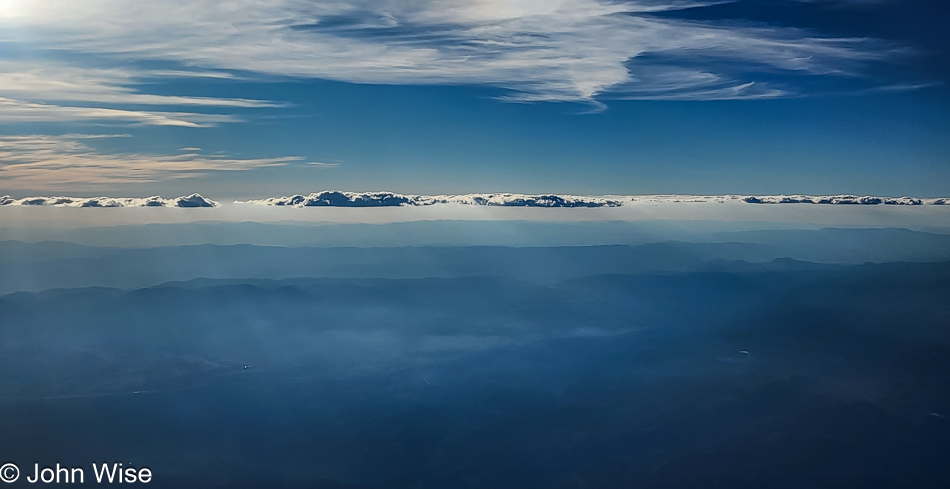
We were five hours from Phoenix when the lights partially brightened to wake the herd that could be woken. Later, as we get home, I’ll feel further alienated from those whose lives are ground into the earth below our feet. The deep civility and ability to converse found in Scandinavian countries further illuminated the tragic landscape of the dark cave we are dwelling in called America. Almost 200 years ago, Alexis De Tocqueville saw the character that would define the spirit of the people of the United States. Today, the traits that should have evolved out of those humble beginnings have been vulgarized to the point of pushing the lemmings to the edge of the abyss. We are an angry horde bent on personal aggrandizement, having lost our collective way. We no longer forge exemplary people; we kill children for entertainment, ensure an adequate malaise for those suffering in a rotten existence of addiction, price people out of a minimal amount of shelter, offer a pitiful education that supports our hate and contempt, and then call it freedom.
As long as there’s a flag draped over it, we can pray and believe we’re doing God’s work for the betterment of society. We are a joke, but cannot see an iota of how sick the humor is due to our economic heft and incredible ability to market anything. We somehow make it all look good, and the world follows.
What the hell? With four hours to go, the lights were turned down again. This means that in less than two hours, at about 12:30 in the middle of the night, the crew will wake the cabin and serve us dinner. While I’m hungry, I fail to understand the enforced dark/light cycle, and considering that it’s midday across America, I feel like I should regulate the relationship to sleep myself. On the other hand, to have 300 people mostly asleep means less attention must be given to the passengers, which could be a tactic to reduce stress on the crew.
For this month of travel, I’ve not intentionally listened to music or read a book. I’ve checked the news while on the toilet and looked at but a few minutes of social media just before sleep. I’ve not intentionally used an American brand outside of my Verizon phone plan or Microsoft Windows when transferring photos. In a few hours, I’ll begin to fall into old routines unless I’m frustrated enough to try to avoid some of the old stomping grounds. There’s nobody I want to share the trip with as the impressions are not resolved yet, and I’d likely have a laundry list of places and recommendations to visit that most will never be able to explore.
It’s 11:00 p.m. in Europe; we almost certainly would have been sleeping by now, except the last two nights we were out with friends and family, which had us not seeing sleep until about midnight. While it will be 3:00 a.m. European time when we land, I’m hoping the busy hand of writing will keep me awake for the duration of the flight, allowing me to sleep better through Arizona’s Saturday night.
Sometime later, I ran out of stuff to write. Caroline has finally given in to taking a nap, and my momentum is fading. With the window shade open a couple of inches, I’m hoping that the light of day propels me. I’m reminded of one of my first encounters with a drill sergeant on day one of basic training in Kentucky on a very cold April morning in 1985 when he emerged from the shadows to see a bunch of young men shivering and barked at us, asking what we were doing. A collective voice of the group rose in the darkness of the early day, “It’s cold!” With rising ferocity in his voice, he roared at us, “Who gave you permission to be cold?” This had me laugh out loud and reconsider the idea of inherent laziness and the necessity for comfort, and so here I am asking myself, “Who gave me permission to be tired?”

Conditioning, pandering, exploitation, I’m just now figuring out how the airlines are programming the herd to follow their expectations of how the masses should fall into step. A passenger in the row in front of us has been on a Rocky movie marathon. I had noticed after boarding that the entertainment offerings featured both Avatar films, all the Harry Potter movies, and five of the Pirates of the Caribbean films, but I lost count of how many of the eight Rocky films were available. When I was younger, I wouldn’t have found this nefarious, but let’s look at what’s happening here: recognizing people’s propensity to binge-watch things, these people are returning to routines within minutes of ending a vacation by allowing their minds to go fallow. Following such immersive experiences with this stream of banality feels to me as if one is fertilizing their mind with the shit of the mundane, thus covering up what they just spent thousands to acquire.
Endurance: we are approaching a spot on the planet where we’ll be under three hours remaining in flight near the border between Canada and North Dakota. Going nowhere in your seat while being thrust over the earth at 550 mph doesn’t have the same compelling effect as dragging oneself over the street of discovery where so much is to be found. I struggle to latch onto moments where wakefulness remains within grasp. After 28 days of constant go, I will indulge for one day on Sunday when nothing will be demanded of our time, but on Monday, the next cycle of non-stop endurance will be re-embraced.
The desperation that I will fail to make the final 1,500 miles of our trip awake taunts me. I negotiate small milestones, telling myself that dinner will be served in less than an hour or that if I pay attention, maybe I’ll see something spectacular out of my tiny window. I should open the shade wide to have the flash of the harshly brilliant atmosphere at 40,000 feet better communicate with my pineal gland, shocking the melatonin to stay in submission until later.
At least the blank page had lines on it for the time I was staring at it while my brain didn’t even have that. Noise is coming from the galley, but the lights remain off. We land in two hours and twenty minutes, yet most passengers are still asleep. We left Germany at 3:00 in the afternoon on Saturday, and here we are at about 3:00 in the afternoon on Saturday, except we are 5,000 miles from where we began and just under 1,000 miles from touching down. Our adventure of endurance and exploration that touched all of our senses, never allowing us to catch up with how far we were going is getting ever closer to ending.
To be relentless and able to embrace/tap our enthusiasm, heading directly into constant stimulation, is a reassurance that we are still alive in ways that are appreciated and never taken for granted by these people still seated in the 27th row.
Another hour has passed, and I’m done, but the flight isn’t. Once landed, we’ll likely wait for what will feel like an eternity or 20 minutes before getting our two checked bags from the carousel, followed by stepping into what will likely be over 100 degrees (38 Celsius) of desert heat. We’ll grab a taxi and 30 minutes later arrive at home to begin the post-vacation quick unpacking, start laundry, turn down the air-conditioning, consider shopping, or just drop down in front of our computers to start catching up with all the dumb shit we’ve missed out on.


